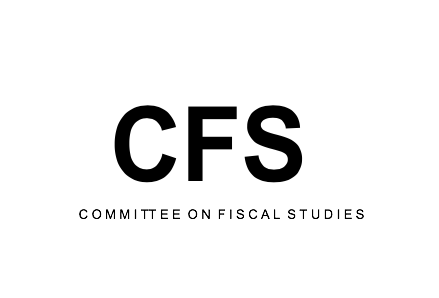The High Road and the Low Road - What Should be the US Reaction to the end of Pillar One.
Abstract
The likely failure of Pillar One of the Base Erosion and Profit Shifting (BEPS) 2.0 effort raises the question of what the United States (US) may do in response. One possible response to the revival of unilateral measures such as Digital Services Taxes (DSTs) and withholding taxes is to deny them foreign tax credits and possibly engage in other retaliatory measures. However, these measures are unlikely to persuade other countries not to tax US Multinational Entities (MNEs) and, in the long run, may be more likely to harm the US economy by increasing double taxation of US MNEs and reducing trade. One other option is for the US to adopt Pillar One unilaterally along the lines of the Indian fractional apportionment proposal. A recent empirical study suggests that this will lead to a revenue gain of over $7.6 billion per year, much of which is derived from US MNEs selling into the US products manufactured in low-tax jurisdictions such as Puerto Rico based on intellectual property (IP) developed in the US. This may be a much better result and would be based on and justified by the global consensus on the principles of Pillar One.



